Redundancies
--Blogpost written by Bob
In a previous blogpost we discussed spares. Redundancies, the subject of this blogpost, are fully operational pieces of equipment that are installed near the item they may need to replace and can immediately take over duty of a failed primary piece of equipment.
Means of Cooking
We have a grill mounted on the stern pulpit with its own independent propane tank. This provides complete redundancy for our stove/oven below.
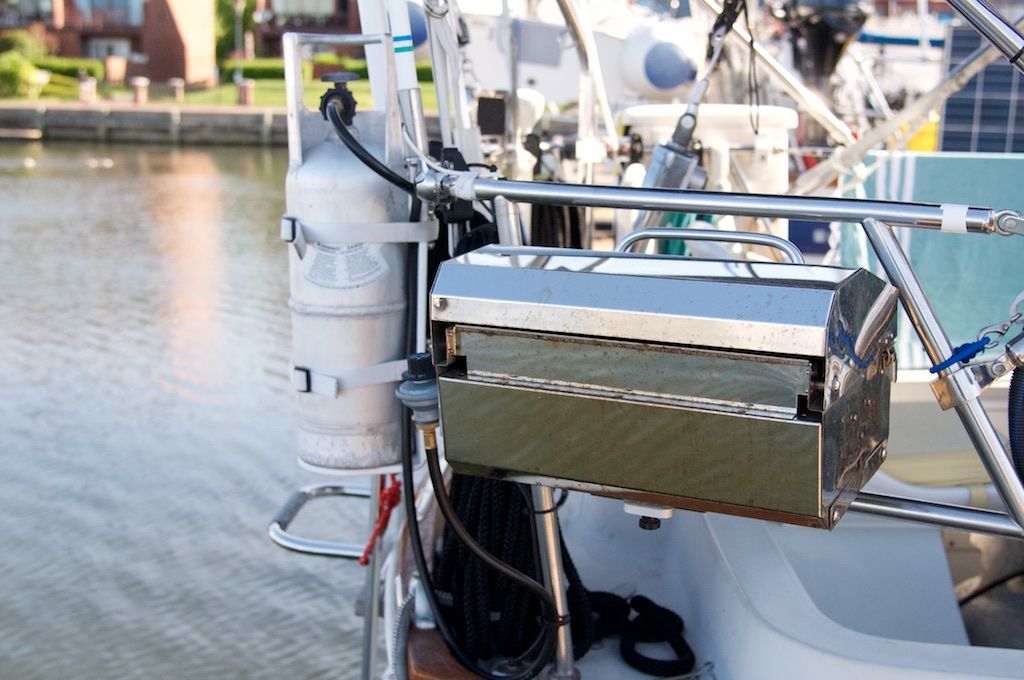 |
| While it may be more difficult than using the stove/oven below for cooking some things, we could cook all our meals on the grill if necessary. |
The grill with its independent propane tank provides a completely redundant cooking system. If some component in our normal propane system fails (like a solenoid or a hose) we have another way to cook.
Water Tanks
We have three water tanks (1 @ 40 gallons and 2 @ 32 gallons)--these are redundant. Only one tank can be used at a time because of the way we have set up the tank manifold valves. (Some sailboats have a single large water tank.)
Anchors
We have two independent anchors system that are installed and ready for use. Our primary anchor is a 44-lb (20 kg) Rocna Vulcan with 300 feet of rode and our secondary anchor is a 44-lb Bruce with about the same length of rode.
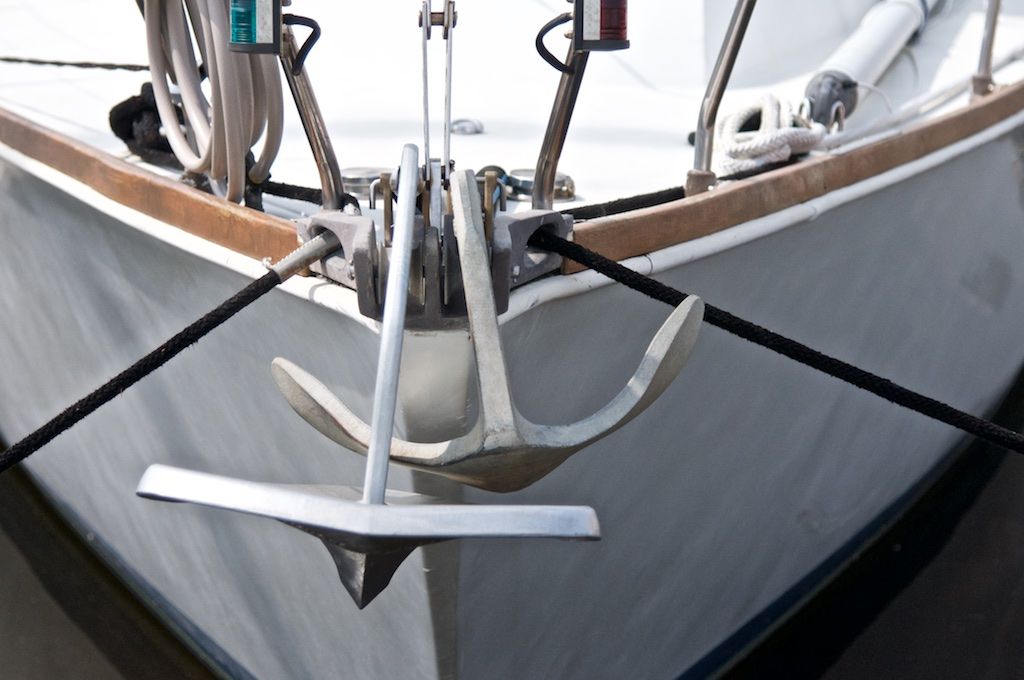 |
| Our two independent anchors are a good example of redundancy. Both anchors are installed and ready to be deployed. |
So, if we lose an anchor or one fails to hold in a specific bottom condition, we have a secondary anchor ready to deploy.
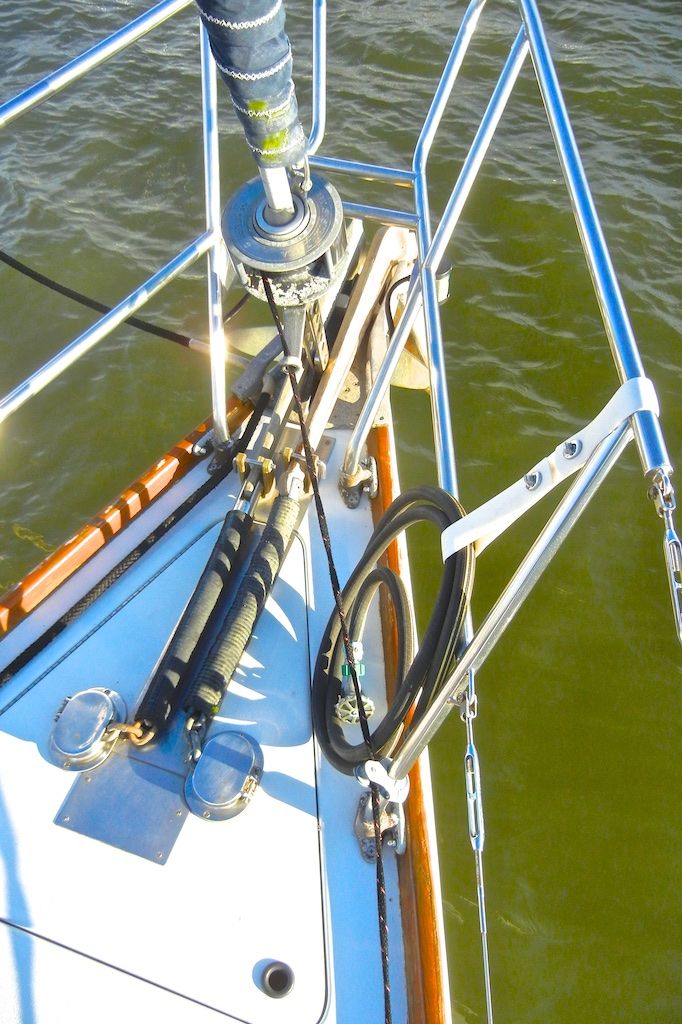 |
| Our two anchors have their own rodes and the anchor locker is divided in half to keep the rodes from becoming entangled. |
Winches
One of our recent blogposts entitled "Musical Winches" described how we moved some winches around the boat to serve different purposes. We ended up with an extra winch--a Barient #18.
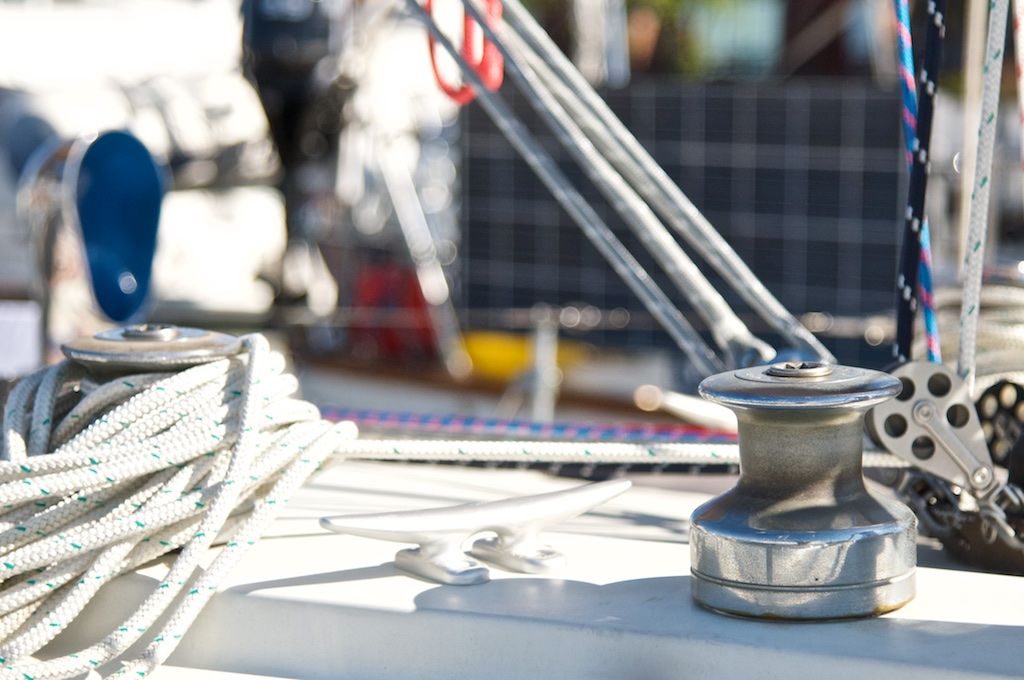 |
| The winch on the right is a spare winch with its dedicated cleat. It is a Barient #18, relocated from under the hard dodger. |
While we probably wouldn't have purchased another Barient #18 winch as a spare, the fact that we already had it helped us make this decision to use it as an installed spare on the starboard cabin top.
Solar Panels
Our four Solbrian-brand flexible solar panels are wired as three separate 100-watt banks with three separate voltage controllers. Even though we would normally be using all the power we can generate, it is still setup as a redundant system.
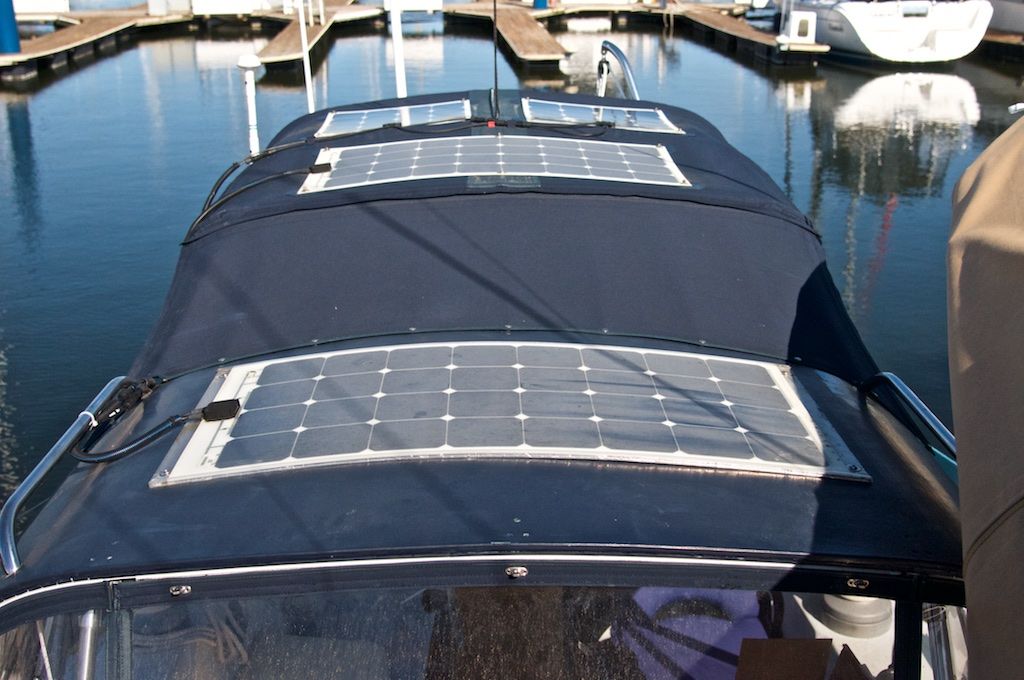 |
| If one solar panel or one voltage controller would fail, the other solar panels would still be producing power, albeit at a proportionately lower total rate. |
VHF Radios & Antennas
Having a VHF radio is very important--it allows boats to communicate with one another and to call for help in case of an emergency. The most likely failure would be due to a lightning strike since the antenna is at the top of the mast. (While this may appear to be rare, it has happened to me twice in thirty years and there is no predicting when it may happen.
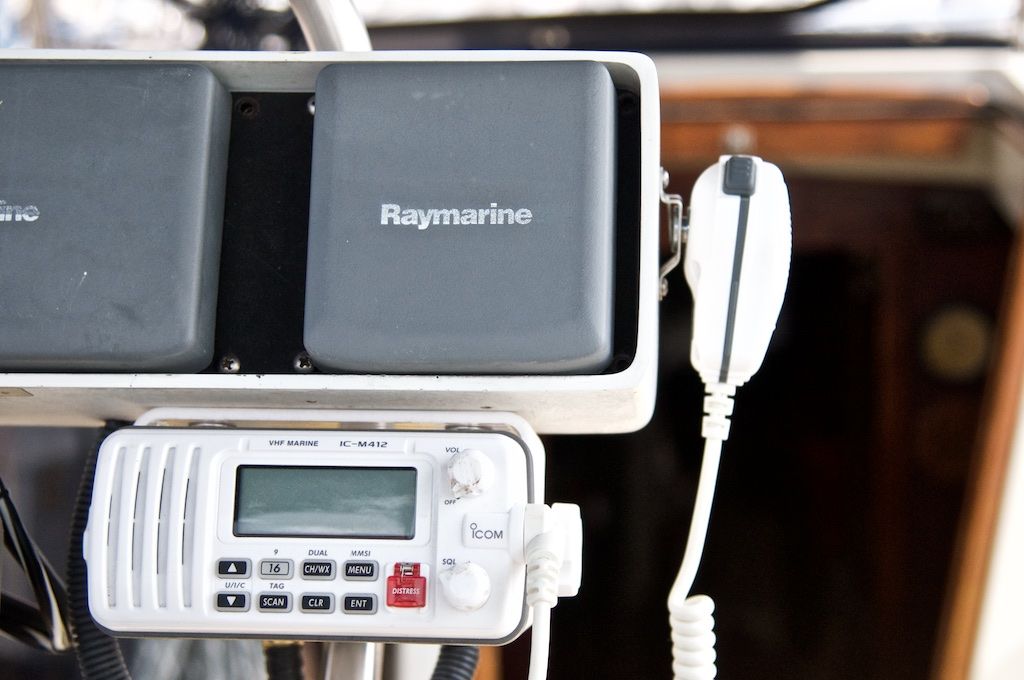 |
| Our Icom IC-M412 mounted at the helm has its own antenna on the stern rail. |
We have a second VHF radio installed at the helm with its own antenna on the stern pulpit. The stern antenna provides a back-up antenna system. Both units are fully operational.
In addition, we have a handheld VHF which is suitable for short distances.
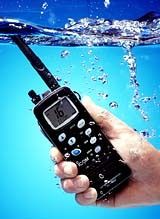 |
| Our Icom IC-M1V adds an additional level of redundancy to our onboard radio equipment. It's also waterproof! |
GPS Receiver & Antennas
Since we use GPS for navigation, it is logical to have a back up system. We have a complete back up system on my iPad.
In addition, we have two antennas for our primary GPS--one internal to the chart plotter and the other, an external rail-mounted antenna.
 |
| This small GPS antenna mounted on the stern rail is a redundant antenna to the internal antenna in the chart plotter. It is completely hooked up and ready to use. |
Summary
Having redundancies prevents using valuable space for spares and provides the benefit of immediate deployment if required. The only downside to the redundant system is the fact that it is usually out in the weather and subject to corrosion when not in use.
 |
| Just don't EVER refer to me as the REDUNDANT cat! |
Next up will be the subject of consumables...
Thanks for following our blog!
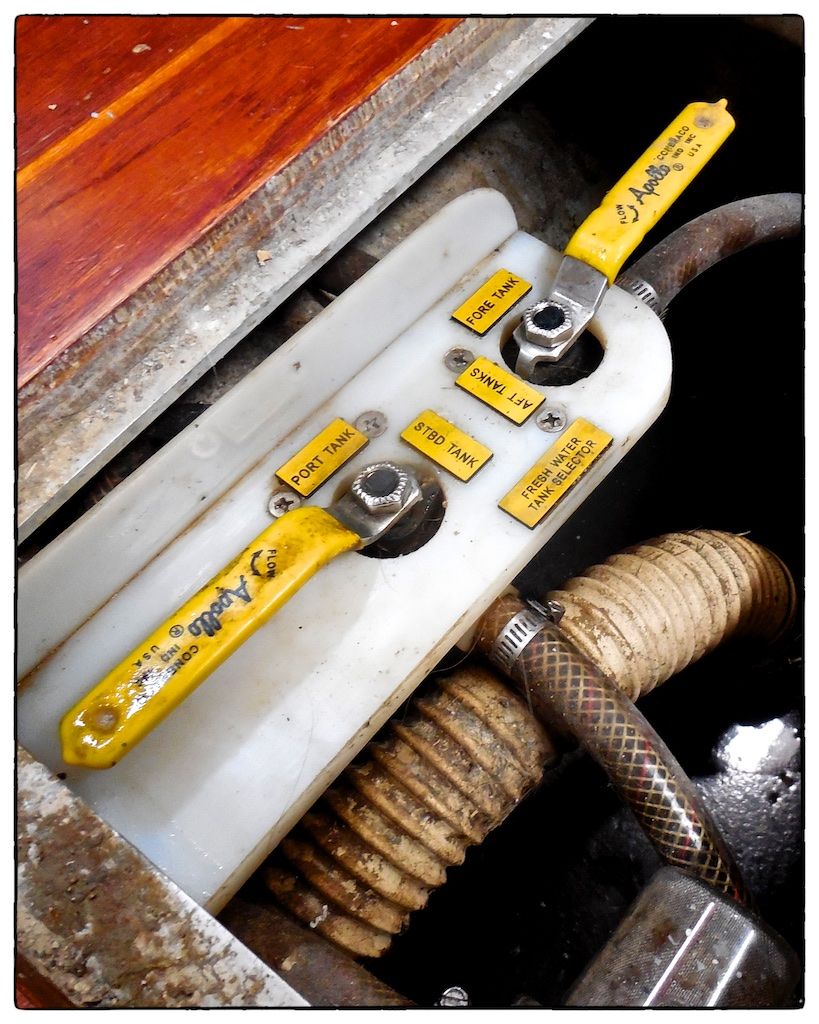
You might be qualified for a new solar program.
ReplyDeleteDiscover if you are qualified now!